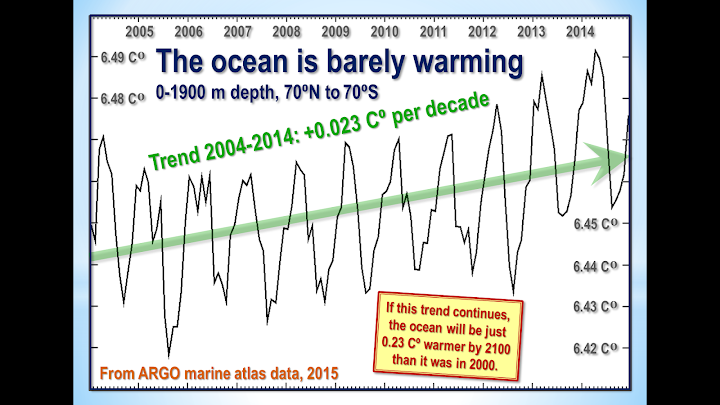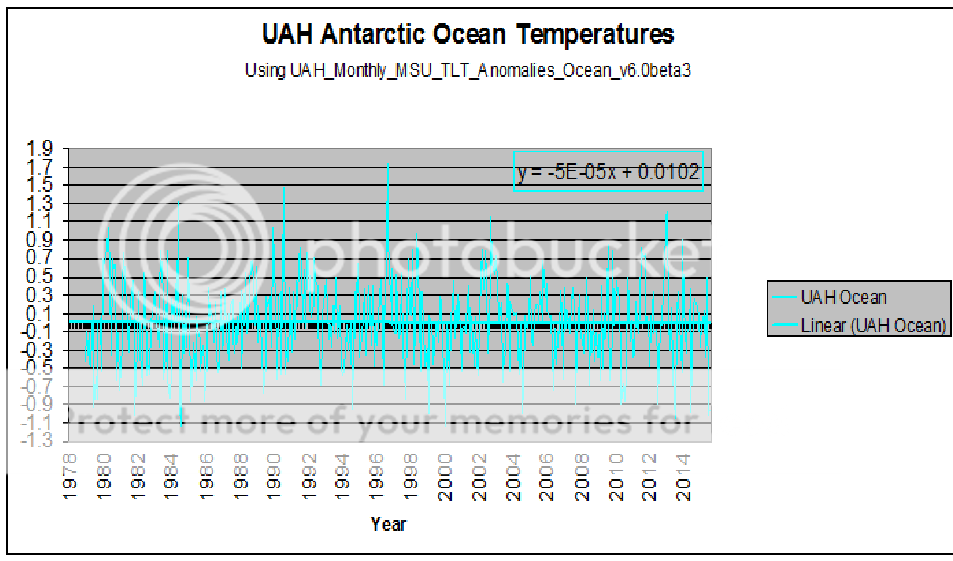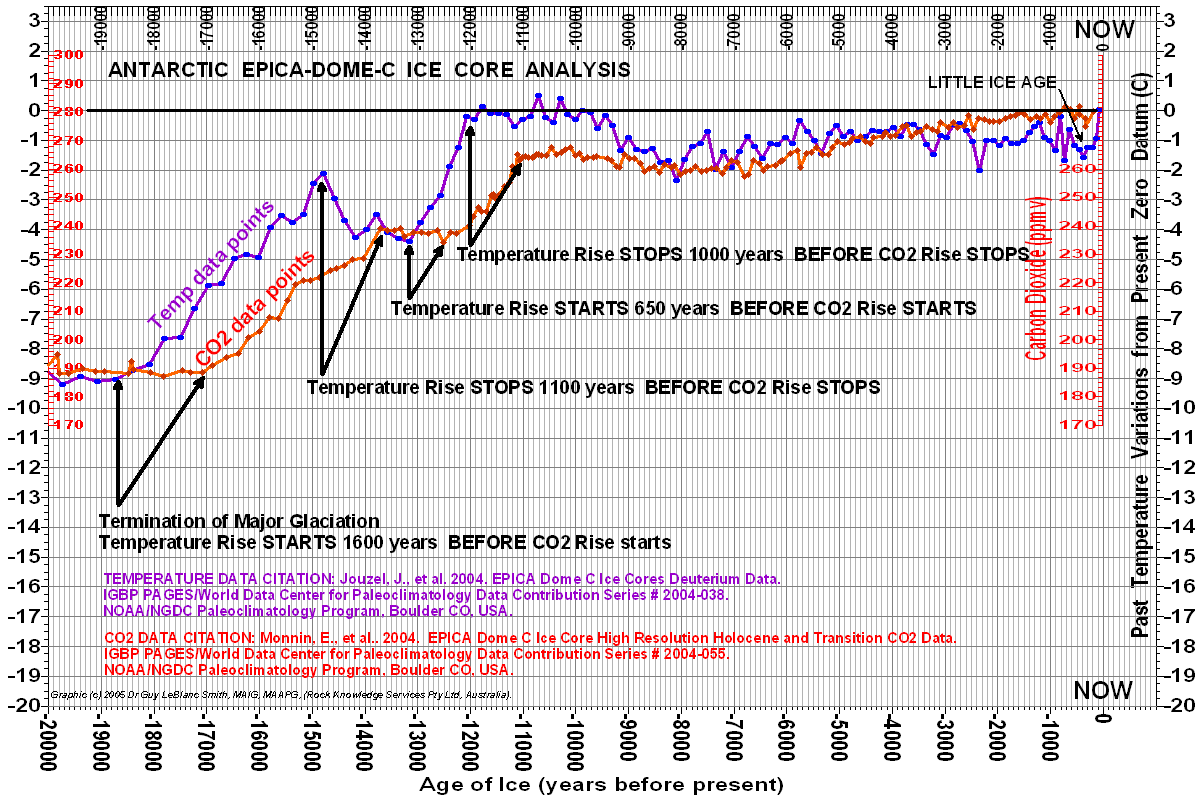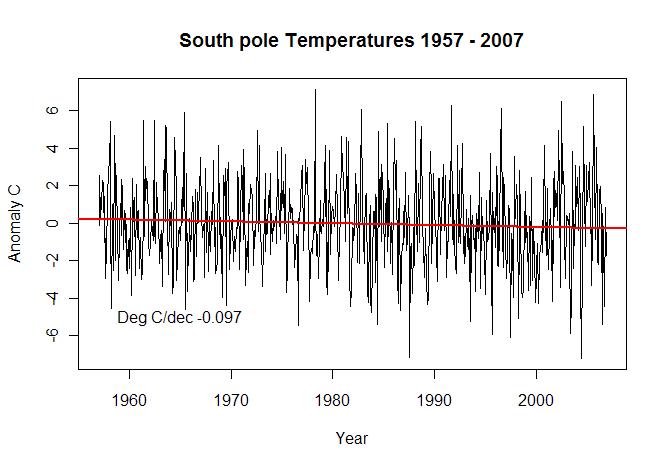ScienceRocks
Democrat all the way!
- Banned
- #1
The Big Melt Accelerates
http://www.nytimes.com/2014/05/20/science/the-melting-isnt-glacial.html?hpw&rref=science&_r=0
http://www.nytimes.com/2014/05/20/science/the-melting-isnt-glacial.html?hpw&rref=science&_r=0
Centuries from now, a large swath of the West Antarctic ice sheet is likely to be gone, its hundreds of trillions of tons of ice melted, causing a four-foot rise in already swollen seas.
Scientists reported last week that the scenario may be inevitable, with new research concluding that some giant glaciers had passed the point of no return, possibly setting off a chain reaction that could doom the rest of the ice sheet.
For many, the research signaled that changes in the earth’s climate have already reached a tipping point, even if global warming halted immediately.
“We as people see it as closing doors and limiting our future choices,” said Richard Alley, a professor of geosciences at Pennsylvania State University. “Most of us personally like to keep those choices open.”
But these glaciers are just the latest signs that the thawing of earth’s icy regions is accelerating. While some glaciers are holding steady or even growing slightly, most are shrinking, and scientists believe they will continue to melt until greenhouse gas emissions are reined in.
“It’s possibly the best evidence of real global impact of warming,” said Theodore A. Scambos, lead scientist at the National Snow and Ice Data Center.
Furthest along in melting are the smallest glaciers in the high mountainous regions of the Andes, the Alps and the Himalayas and in Alaska. By itself, their melting does not pose a grave threat; together they make up only 1 percent of the ice on the planet and would cause sea level to rise only by one to two feet.
But the mountain glaciers have been telling scientists what the West Antarctica glacier disintegration is now confirming: In the coming centuries, more land will be covered by water and more of nature will be disrupted. A full melt would cause sea level to rise 215 feet.
During recent ice ages, glaciers expanded from the poles and covered nearly a third of the continents. And in the distant past there were episodes known as Snowball Earth, when the entire planet froze over. At the other extreme, a warm period near the end of the age of dinosaurs may have left the earth ice-free. Today the amount of ice is modest — 10 percent of land areas, nearly all of that in Greenland and Antarctica.
Last edited:











